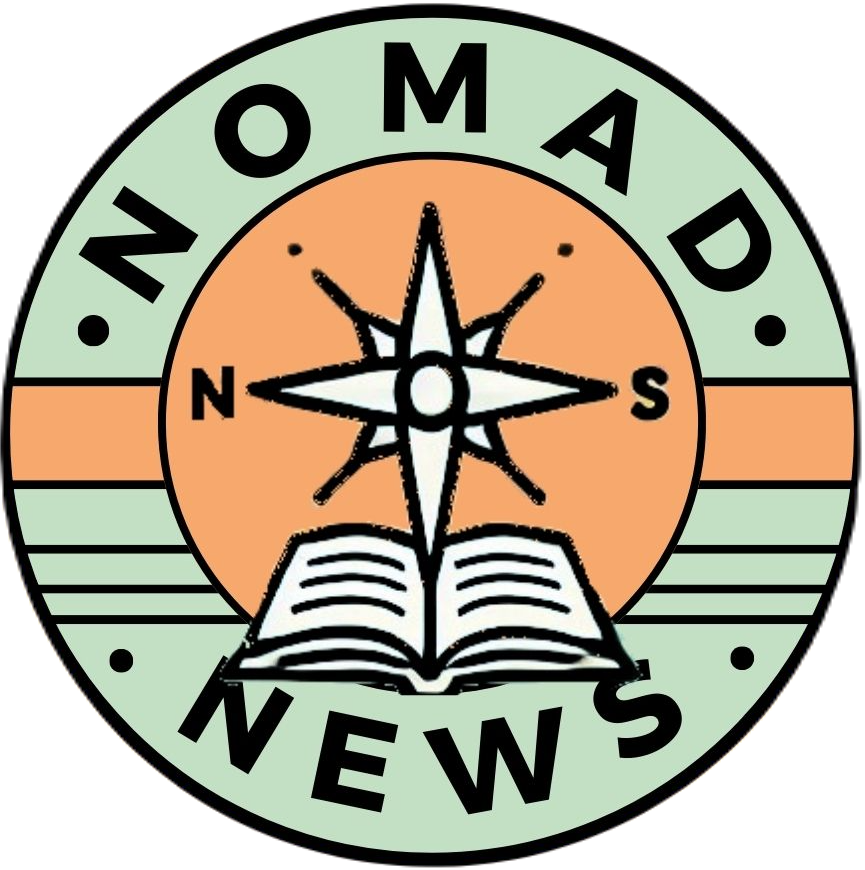In recent years, concerns about the mental health of young adults have become
increasingly urgent. According to a study conducted by the Rijksinstituut voor
Volksgezondheid en Milieu (RIVM) in January 2025, there have been slight
improvements in certain areas of mental well-being such as loneliness, happiness, and
life satisfaction since 2022. However, the study also emphasizes that these gains are
modest and that young people’s mental health still “continues to require serious
attention” (RIVM, 2025). The reality remains that many individuals, particularly young
adults, are navigating a complex inner world of stress, self-doubt, and emotional
turbulence with few tools for meaningful expression.
One powerful, accessible tool that is gaining recognition is the act of writing. As
outlined in a recent article by the Crisis & Trauma Resource Institute (CTRI), writing
down thoughts and feelings can offer a therapeutic release, helping people process
difficult emotions, clarify thoughts, and ultimately foster healing. The article discusses
how writing “provides a neutral space to engage with one’s thoughts and feelings” and
allows individuals to tell and reshape their own emotional stories (“The Benefits of
Writing Down Thoughts and Feelings,” n.d.). Through this process, writing becomes
not only a means of expression, but also a path to understanding oneself.
With this intention, I created a small book of poems, each one rooted in a
particular emotion. The collection explores a range of feelings, including love,
frustration, joy, and sadness. These poems are not just my own, but also include
contributions from two individuals who generously shared their emotional worlds. In
doing so, this book becomes more than a collection of words it becomes a shared
emotional landscape, a reminder that none of us are truly alone in how we feel.
To deepen this connection, I conducted brief interviews with people who use writing as
a coping mechanism. Their responses were moving and deeply human. Jorge, for
example, shared that writing “helps me organize my thoughts and see things from
another perspective… to calm myself or be less catastrophic.” For him, the act of writing
transforms negative feelings into art something beautiful born from struggle. Celia
echoed this sentiment, explaining that writing makes her feel “more relieved and free,
like I’ve taken a weight off my shoulders.” Though she prefers to keep her writing
private, she still recognizes its power to soothe and clarify.
What stands out in these interviews is the authenticity and vulnerability of the
individuals who participated. Jorge, bilingual, writes freely in both English and Spanish,
letting his thoughts flow naturally: “I don’t force it. I just let it come out as I feel it.”
When he doesn’t know how to begin, he simply starts with scattered phrases “and
somehow it becomes something with order and beauty.” This kind of honest expression
reflects the very spirit of this book: allowing emotion to surface, take form, and be seen.
In conclusion, this book is both a creative and emotional project, an effort to respond
to the mental health challenges faced by so many, using one of the most ancient tools
we have: language. In a world that often demands silence around pain, these poems
speak. They are not polished answers, but raw reflections. And through them, we find a
shared humanity that comforts, connects, and above all, heals.
References:
Rijksinstituut voor Volksgezondheid en Milieu (RIVM). (2025, January 21). Mental
health of young adults: Some improvements, but problems remain.
https://www.rivm.nl/en/news/mental-health-of-young-adults-some-improvements-but-
problems-remain
The Crisis & Trauma Resource Institute. (n.d.). The benefits of writing down thoughts
and feelings.
https://ctrinstitute.com/blog/the-benefits-of-writing-down-thoughts-and-feelings/
